A BEER CALLED MÜNCH (1904)
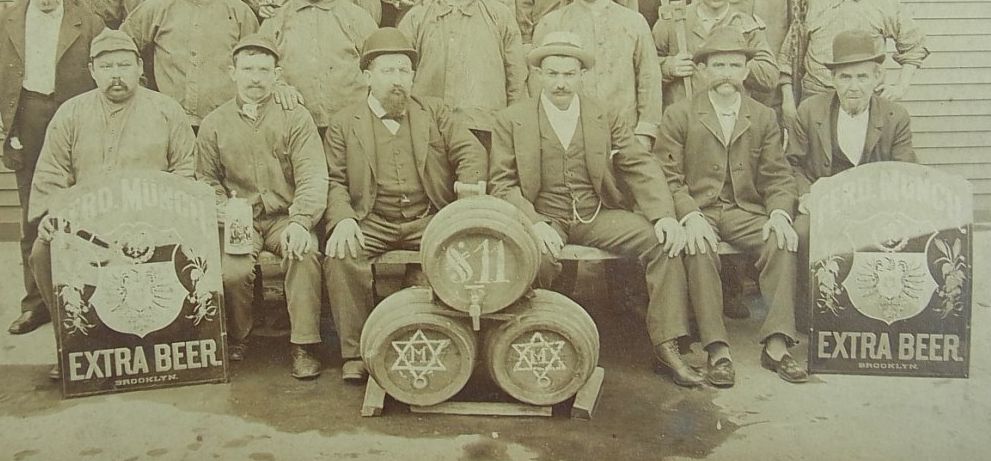
Brownstone Detectives investigates the history of our clients’ homes.
The story you are about to read was composed from research conducted in the course of one of those investigations.
Do you know the history of YOUR house?
********************************************************************************************************************************
One might wonder if a beer called “Münch” had at one time been on the receiving end of an unfortunate and slightly counter-intuitive moniker.
Today, product names are usually selected based upon their abilities to stir some positive emotions – within the minds of the consumers – about their products. “Munch,” though, was not always an informal term describing a way of eating. More than 100 years ago, it was also a German name that was connected in the minds of many Brooklynites with a very satisfying “table beer.”
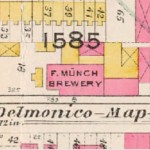
THE MUNCH BREWERY
The Ferdinand Münch Brewery, located at 277-299 Vernon Avenue from the late-1870s through to about 1920, when Prohibition spelled its end, satisfied the palates of Brooklyn, as a “family” beer, for more than 40 years.
Housed originally within a building of old stone construction, Ferdinand Münch replaced the brewery building with a structure of brownstone and brick shortly after he purchased the property.
Münch, though, would pass within the decade and leave his brewery to his sons, one of whom was William Münch.
WILLIAM MUNCH AND HIS BROADWAY BUILDING
In 1904, Sigmund Eisenbach, of 227 Gates Avenue, built a 4-story office building on the corner of Myrtle and Broadway, selling it to Ferdinand’s eldest son, William Münch, who had very recently taken over the reins of his father’s business.
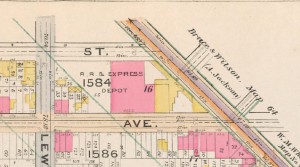
This corner contained the remaining parcel of the Brooklyn City Railroad Company (BCRR)’s stables and repair shop, and Eisenbach’s building was designed and built on that.
The BCRR, the oldest and largest operator of streetcars in Brooklyn, may have decided to move its stables at the time, possibly due to competition from the elevated train along Myrtle that was extended along the avenue to Broadway in 1889.
If you rode a horse-drawn streetcar back then, though, it was highly likely that you were patronizing this private company. The first horsecar line in Brooklyn had been the Myrtle Avenue Line and it belonged to them the BCRR. Opening in 1854, it originally extended out to Marcy Avenue, but would eventually stretch out to Broadway and include this parcel of land.
William Münch, heir to the Ferdinand Münch Brewery, was in 1902 the administrator to his father’s estate. Ferdinand, who had died 12 years earlier in 1890 at the age of 56, left a $1 million estate to his wife, Sophie, who passed in 1897 three months after their eldest son, Ferdinand, Jr., passed.

As such, in 1897, William was the eldest of seven remaining Münch children, and so had become administrator of the estate. This estate included the Ferdinand Münch Brewery and the family home, a block away, at 627 Willoughby, amongst other holdings.
William, who would invest his fortune in a plumbing supply business, decided at first, at least, to invest in real estate.

THE BOOK-MAKER & THE COLORED TANGO BAND
In 1906, William sold the building to Michael Minden, an unseemly character, alternately known as “the hotel man of lower Broadway,” “the pool room man,” a “book-maker,” and a “horse-owner,” depending on the story.
Minden, whose references in newspapers of the time left readers with the understanding that he made money in underworld gambling and then, during Prohibition, in alcohol, eventually died in 1929, labeled the “hotel and restaurant man” in his obits. Minden, who also dabbled in political contributions, had his money returned to him nearly as often as it was sought.
Minden turned the building at Myrtle and Broadway into a “landmark of the Eastern District.” In 1916, the rathskeller of its Selig Restaurant contained “seventy tables and a dance floor,” “a colored tango band and two colored vaudeville teams.”
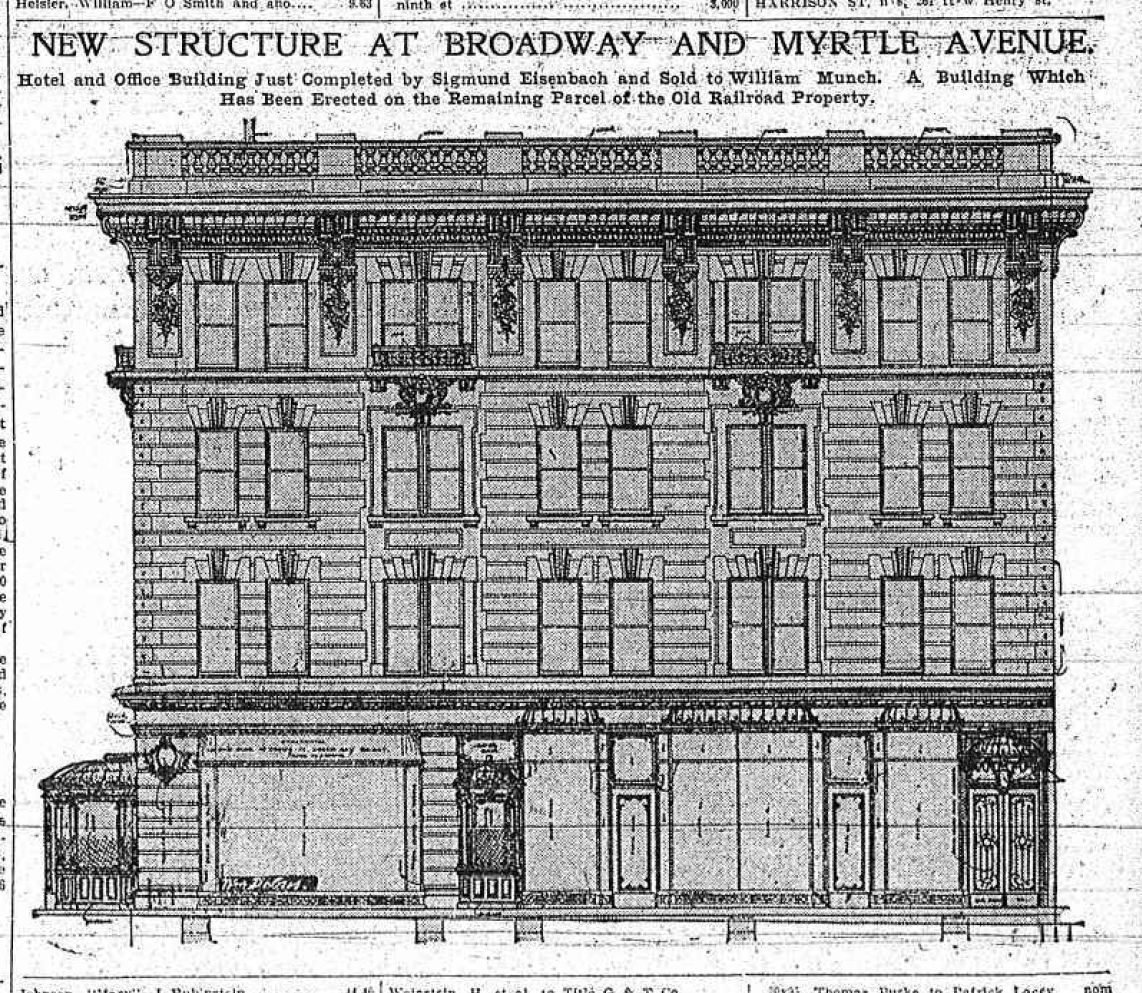
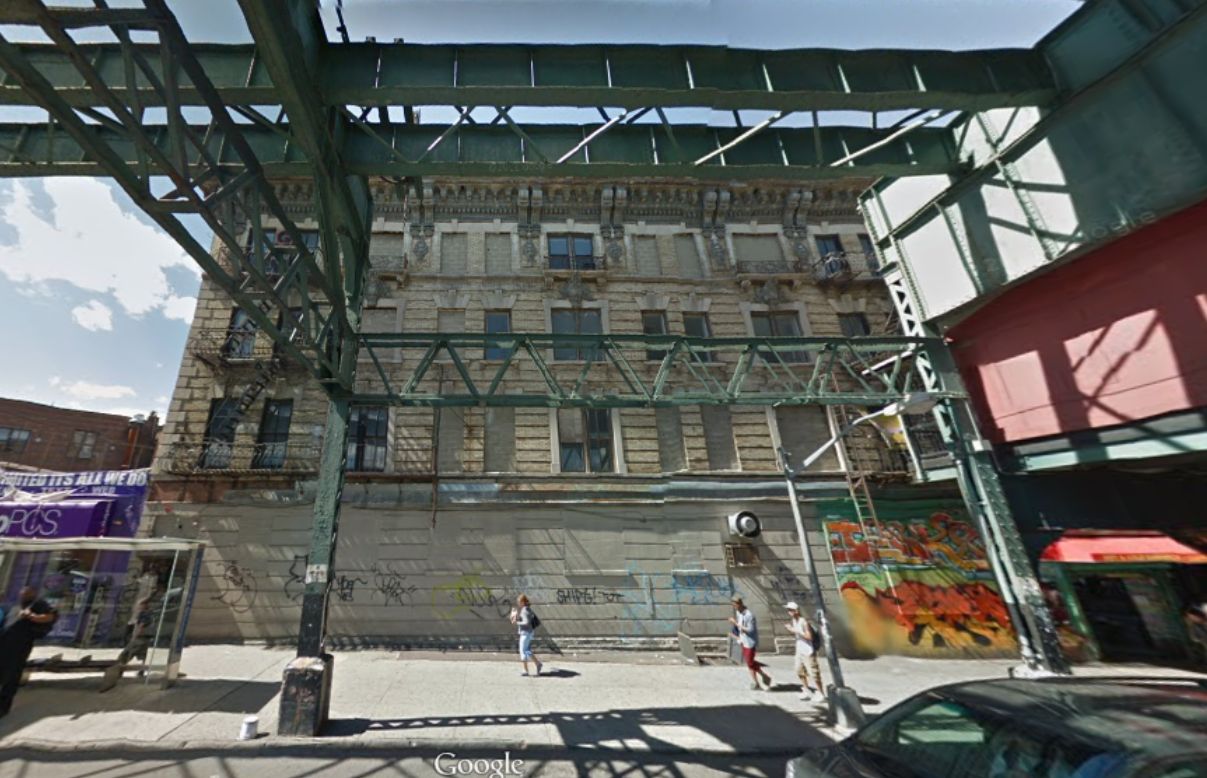
———————————————————————————————————————–
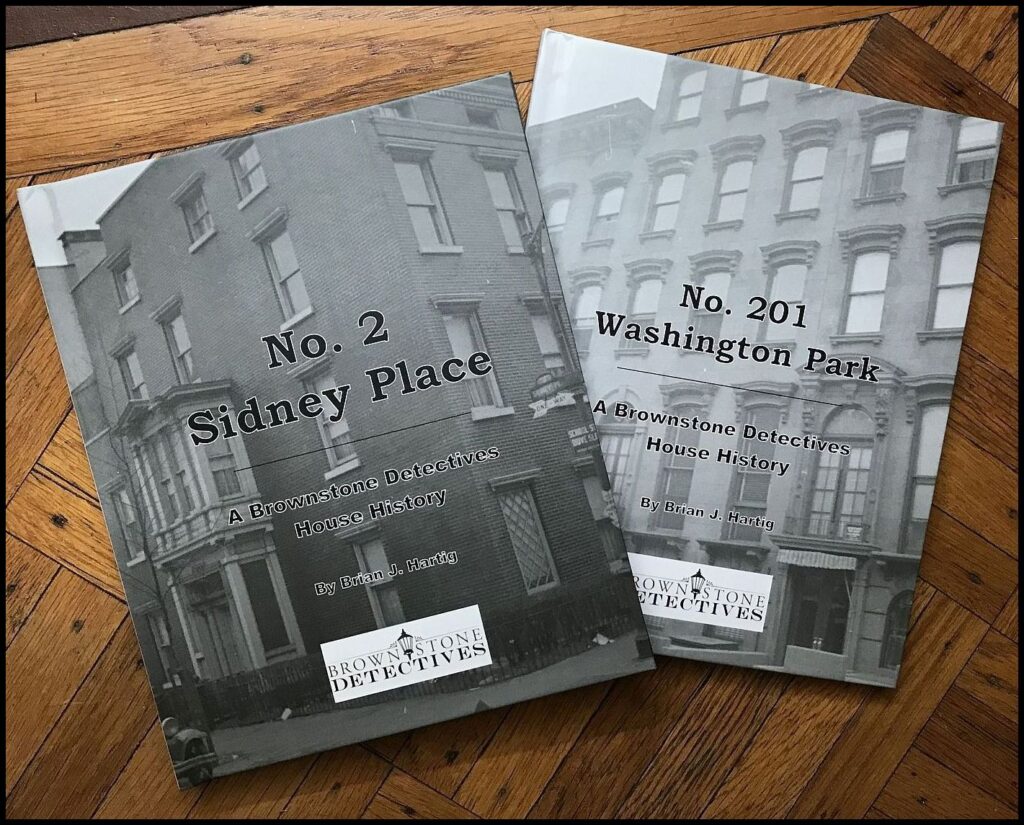 Brownstone Detectives is an historic property research agency. Our mission is to document and save the histories of our clients’ homes. From our research, we produce our celebrated House History Books and House History Reports. Contact us today to begin discovering the history of your home.
Brownstone Detectives is an historic property research agency. Our mission is to document and save the histories of our clients’ homes. From our research, we produce our celebrated House History Books and House History Reports. Contact us today to begin discovering the history of your home.